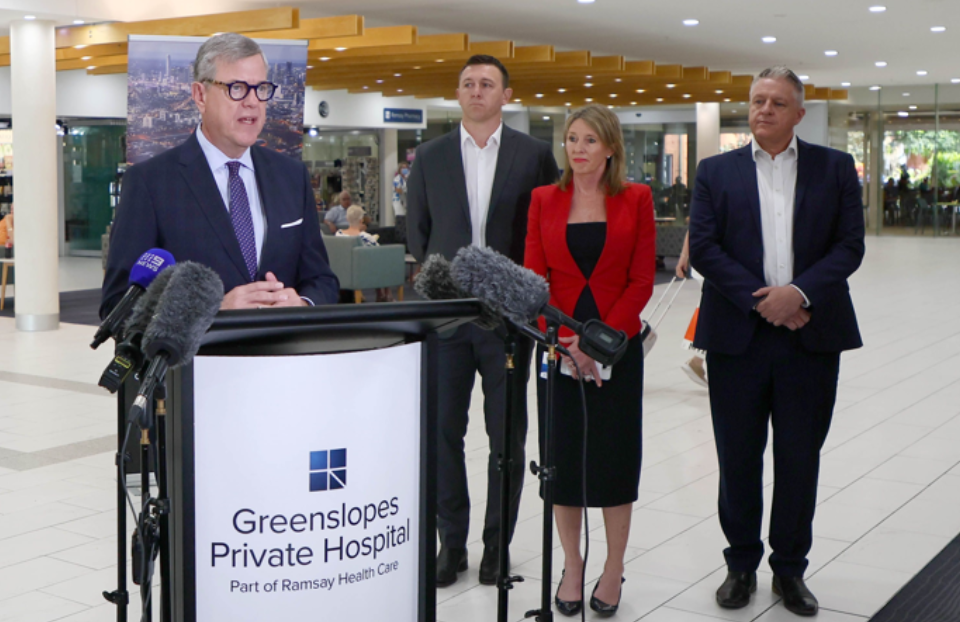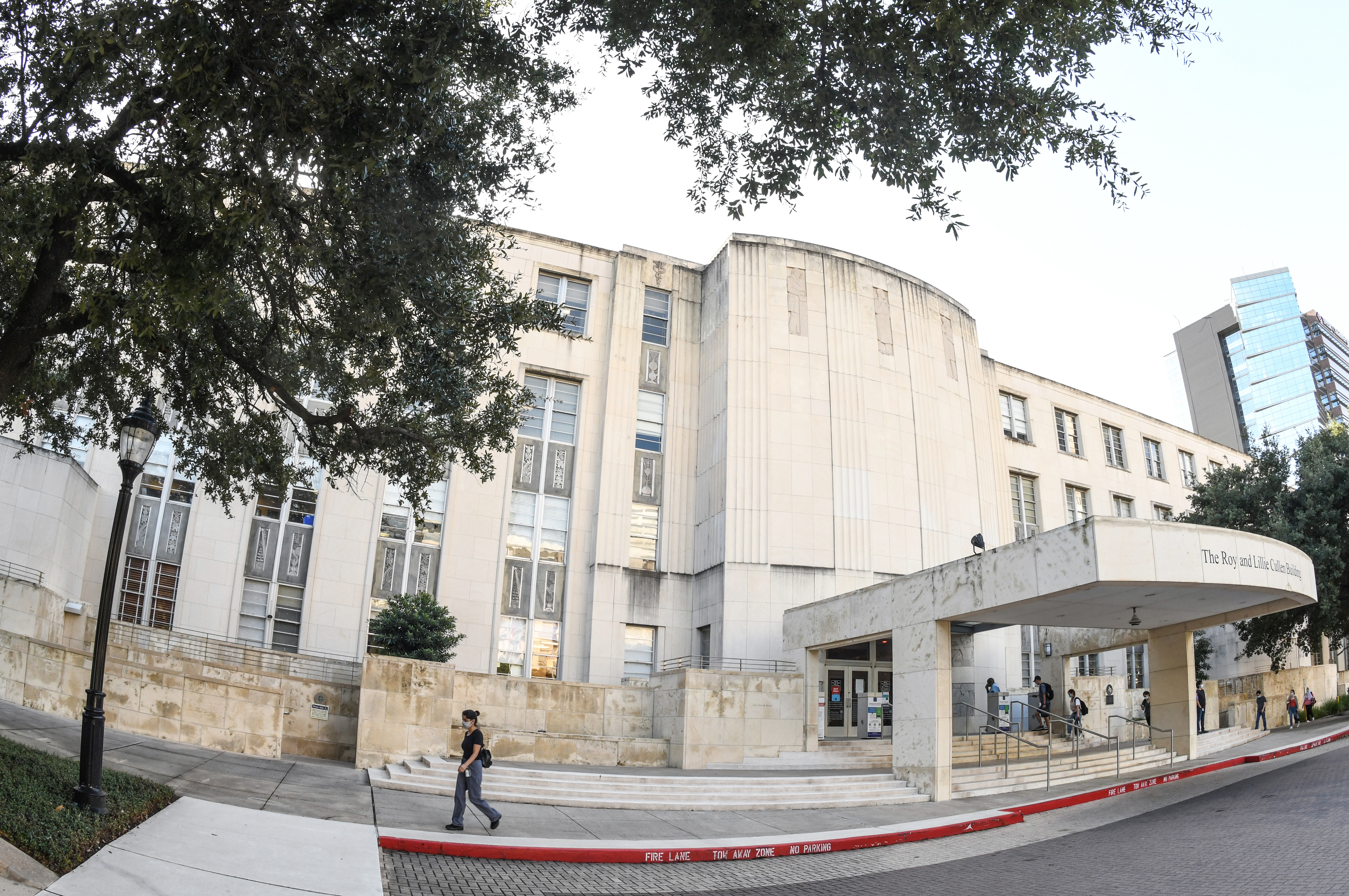A new independent report titled ‘‘ released today confirms the Australian industry’s ambition of net zero carbon cement and concrete to Australian society by 2050 is achievable.
VDZ was recently commissioned, based on its international research credentials, to undertake this study to better understand the technologies and practices necessary to decarbonise Australian cement and concrete.1 2
In early October 2021, the Australian cement and concrete industry declared its ambition to deliver net zero carbon cement and concrete by 2050, and the VDZ report demonstrates this outcome can be achieved with the assistance of the full value chain.
The VDZ report notes “The Australian cement and concrete sector has a long history of reducing its CO2 emissions having delivered a 25 per cent reduction since 2000. However, the challenge of decarbonising by 2050 will require significant regulatory, structural and behavioural changes across all segments of the cement and concrete value chain.”
The ability to deliver lower carbon cement and concrete will require significant financial investment to research, pilot and adopt a range of technologies.
“It will also require a transition to a ‘market pull’ environment through leadership in government and private sector procurement policies and changes in regulation to safely promote the uptake of lower carbon products” according to the VDZ report.
The Australian cement and concrete sector understands the long term economic and societal benefits of harnessing the eight identified decarbonisation pathways and key future research requirements identified in the report.
These are:
• Zero emission electricity and transport
• Innovation through design and construction
• Further innovation in concrete
• Increased use of supplementary cementitious materials in concrete
• New CO2 efficient cements
• Alternative fuels and green hydrogen
• Accounting for concrete to uptake CO2 (recarbonation)
• Capture remaining CO2 (CCUS)
The sector realises the challenge ahead will require significant financial investment and policy change to support the transition. However, the VDZ Report released today demonstrates that the transition is possible.
As a trade exposed sector, a fundamental requirement will be that the transition does not lead to undermining the competitiveness of the Australian cement and concrete manufacturing base.
The Australian cement and concrete sector is now developing engagement plans based on the identified pathways to implement the key recommendations of the report and are committed to reviewing progress on a regular basis.
Note 1: VDZ is a world-renowned research centre, providing practical and quality-oriented joint research and services in the field of cement and concrete.
Note 2: Financial and in-kind contributions have been provided by the Cement Industry Federation, Cement, Concrete and Aggregates Australia, SmartCrete CRC and the RACE for 2030 CRC.








